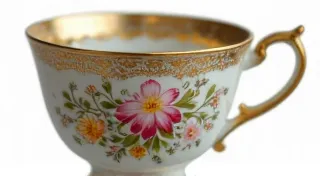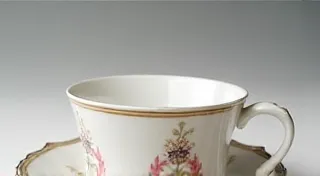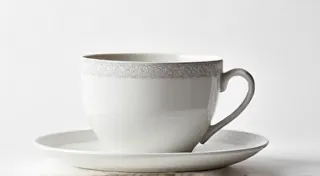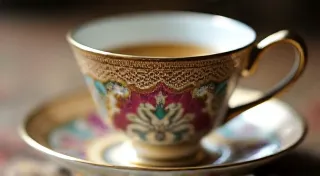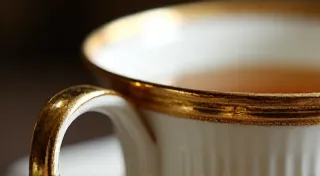Spode Tea Cups: A Beginner's Guide to Identification
Welcome to the world of Spode tea cups! These elegant pieces are highly sought after by collectors, but identifying them can feel daunting for beginners. This guide will break down the basics, covering common patterns and marks, giving you a solid foundation to start your collecting journey.
A Little About Spode
Josiah Spode (1723-1797) was a pivotal figure in the history of British pottery. He pioneered several techniques, including transfer printing and the development of bone china, significantly impacting the production and aesthetics of tableware. His company, which continued under his family, produced a vast array of styles, making identification sometimes complex but always rewarding. Understanding the broader context of British pottery history can be incredibly helpful - consider exploring the history of other renowned manufacturers like Coalport for a richer understanding.
Common Spode Patterns to Look For
Here are a few popular Spode patterns you're likely to encounter:
Willow Pattern
Perhaps the most recognizable Spode pattern, Willow is a romantic scene depicting two lovers beneath a willow tree. It was first introduced in 1789 and remains incredibly popular. Variations exist with different colour palettes and mark types.
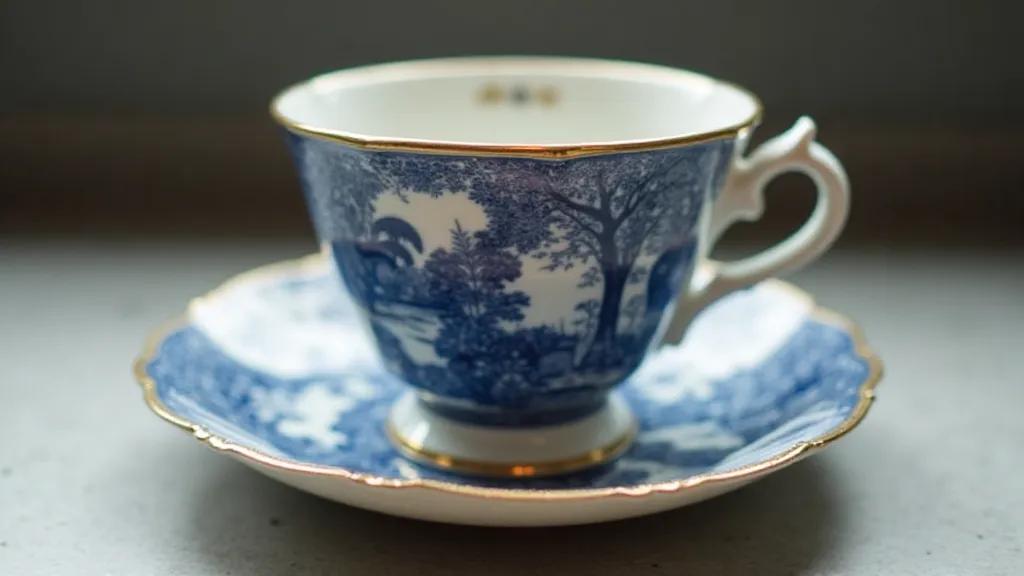
Transferware Florals (e.g., Botanical, Florentine)
Spode's transferware floral designs are beloved for their beauty and detail. "Botanical" patterns depict individual flowers and plants, while “Florentine” often includes intricate floral and bird motifs. Look for distinctive colour combinations and intricate details to help pinpoint specific variations. The intricate detail found in Spode’s floral patterns exemplifies the artistry of the period, and is something that is also apparent in other manufacturers like Dresden, demonstrating a shared commitment to excellence - consider researching Dresden China for further insights.
Copeland Spode Marks - A Note of Distinction
After Josiah Spode’s death, his business went through several iterations. Copeland took over in 1833, and many pieces bear marks that indicate a Copeland Spode origin. These marks are often found alongside the ‘Spode’ name, sometimes including dates or factory codes. Knowing the mark is key to determining the age and value.
Identifying Spode Marks
Spode marks have evolved over time, and understanding these changes is essential for accurate identification. Here’s a simplified overview:
- Early Marks (pre-1833): Often just “Spode” or “J. Spode.” These can be hand-painted or impressed.
- Copeland Marks (1833 onwards): Frequently include "Copeland" along with "Spode," often with dates or factory marks. These can be printed, impressed, or sometimes hand-painted.
- Later Marks: Marks after 2000 are generally printed and bear more detailed information about the manufacturer and date of production.
Important Note: Mark variations exist! Wear, fading, and reproduction marks can be deceptive. Always examine the mark carefully, noting its style, placement, and any accompanying symbols.
The Importance of Location
Where you find the mark on the cup is also vital information. Early marks tend to be on the base, sometimes hidden under the saucer. Later marks might be on the interior of the cup or even the rim.
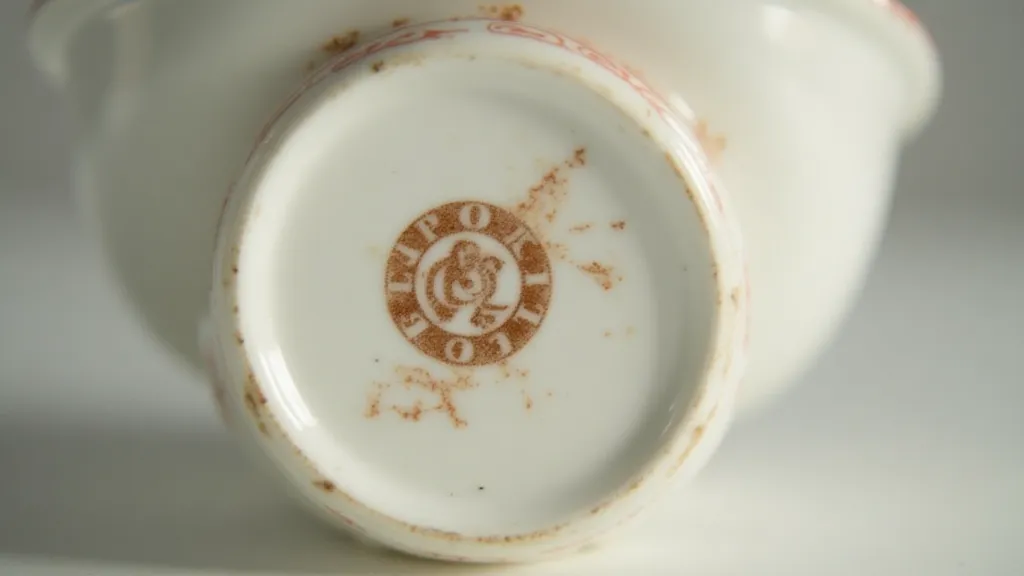
Beyond Identification: The Stories Behind the Pieces
Collecting antique tea cups isn’t just about identifying patterns and marks; it's about uncovering stories. Each cup has a history – who drank from it, what events did it witness? Piecing together these narratives can be an incredibly rewarding experience. The history woven into these objects speaks to larger societal trends – consider the lives of the individuals who used these beautiful pieces and the broader cultural context they existed within. These collections can be quite fascinating, and are often filled with echoes of the past - consider how these pieces offer glimpses into bygone eras, much like how the echoes of past generations can be found in other porcelain manufacturers.
Tips for Beginners
- Research: Familiarize yourself with online resources and books dedicated to antique china identification.
- Compare: Compare your findings with known examples of Spode china.
- Examine Closely: Use a magnifying glass to examine marks and patterns in detail.
- Ask for Help: Join online collecting communities and seek the advice of experienced collectors.
- Understand Context: Remember that collecting isn't solely about the object itself. Try to learn about the era, the people who used it, and the broader historical context.
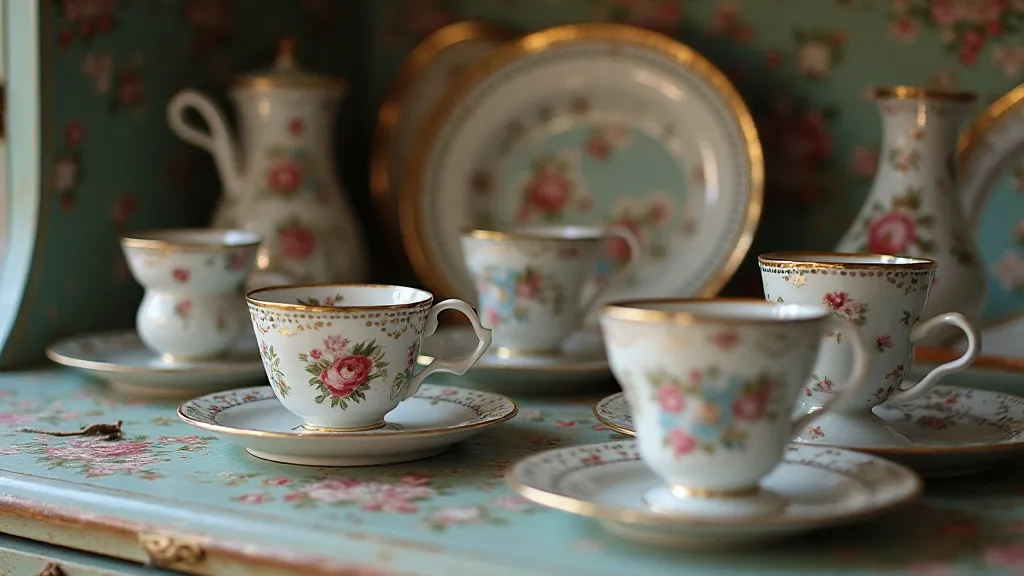
The Value of Porcelain: More Than Just Monetary Worth
While the monetary value of antique Spode tea cups can be significant, their worth extends far beyond price tags. These objects represent a tangible link to the past, offering a window into the artistry, craftsmanship, and cultural values of previous generations. Holding a piece of Spode china is like holding a fragment of history, a reminder of the enduring power of beauty and design.
Conclusion
Identifying Spode tea cups requires patience and observation, but the rewards are well worth the effort. Start with the basics, learn to recognize common patterns and marks, and gradually expand your knowledge. Happy collecting! And remember, the journey of discovery is often as rewarding as the destination – exploring the world of antique china is not just about possessing beautiful objects, but about connecting with the past and appreciating the stories they hold. For those captivated by the narratives of antique tableware, you might also be interested in exploring how the collecting of these items can reveal fascinating insights into forgotten narratives – a topic addressed in more detail in Echoes in Porcelain: How Collecting Antique Tea Cups Unearths Forgotten Narratives.
